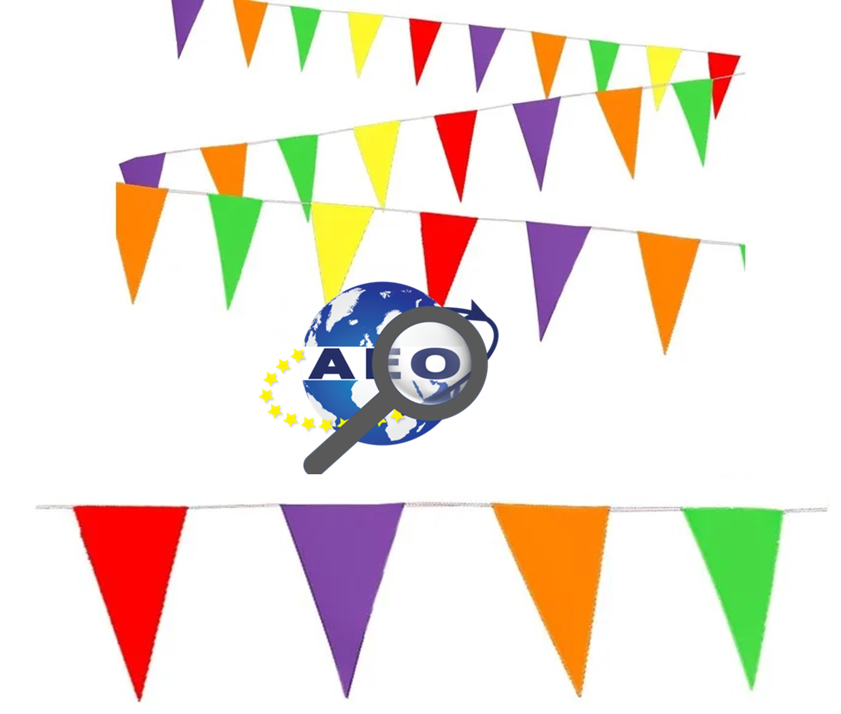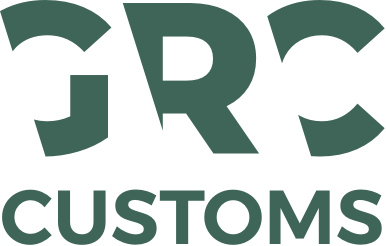A moment to celebrate but also a moment to scrutinize the program. Has the AEO program contributed to promoting trade and securing international supply chains, as described in its initial objectives? Is the program doing what it is supposed to do and delivering what the market participant can expect from it?
The European Commission, seizing the occasion of the 15th anniversary, has requested the European Court of Auditors (ECA) to investigate the AEO program. On May 5, the report on the functioning of the AEO program was published.
The ECA concludes in the report that the AEO program is a solid, robust, and well-managed program, achieving its overall objectives and enjoying a satisfaction rate of over 80% among AEOs. However, the ECA points out some shortcomings in the AEO program related to untapped potential and unequal implementation. In this blog, we will briefly discuss the main comments and recommendations of the ECA and the European Commission’s response. The full report of the ECA and the response of the European Commission can be read by clicking on the links. In later blogs, we will delve deeper into specific aspects.
Untapped Potential and Unequal Implementation
The ECA concludes in the study that the AEO program has unequal implementation and may not be fully utilized. This untapped potential is caused by a lack of a common EU approach to measure the program’s performance, while such information could be relevant for both EU companies and authorities of the member states. The unequal implementation in different member states results in an uneven playing field. In this context, the European Court of Auditors recommends the European Commission to better align the regulatory framework, make the program’s performance more measurable, and improve its implementation monitoring.
Simultaneously with the report, the European Commission’s response was also published.
Below are the recommendations of the ECA and the Commission’s summarized response:
Recommendation 1: Improve the Regulatory Framework (Implementation Target: 2025)
“To improve the EU’s AEO program’s regulatory framework, the Commission must:
a) elaborate on the concept of “serious and repeated infringements”;
b) obligate consulted customs authorities of the member states to respond to requests from other member states; and
c) provide an explanation or clarification on the preferential treatment in case shipments of an AEO are selected for inspection.”
The Commission accepts all the above recommendations and intends to address the issues mentioned in 1b in the context of customs reform. Recommendations 1a and 1c will be addressed within the guidelines.
Recommendation 2: Improve the Current Performance Measurement Framework (Implementation Target: 2025)
“The Commission, together with the member states, must improve the common framework for measuring the performance of the EU’s AEO program.”
The Commission also accepts this recommendation and intends to collaborate with the member states to improve the existing measurement framework.
Recommendation 3: Improve the Management of the AEO Program (Implementation Target: 2025)
“To achieve the objectives of the EU’s AEO program, namely promoting legitimate trade and securing the international supply chain, the Commission must regularly oversee the correct application of the AEO program under the UCC legislation and the agreements on mutual recognition.”
The Commission accepts the recommendations and will continue to monitor the correct application of the AEO program. However, specific aspects fall under the jurisdiction of the member states themselves.
In summary, some recommendations have been made by the ECA and accepted by the Commission to improve the AEO program. The target date for implementation is 2025, a significant way into the future. We find it important to follow this process and will keep you informed. It instills confidence that the Commission is willing to be critical of its own programs and processes. What this will mean in practice will be closely monitored. We will keep you updated on developments.

